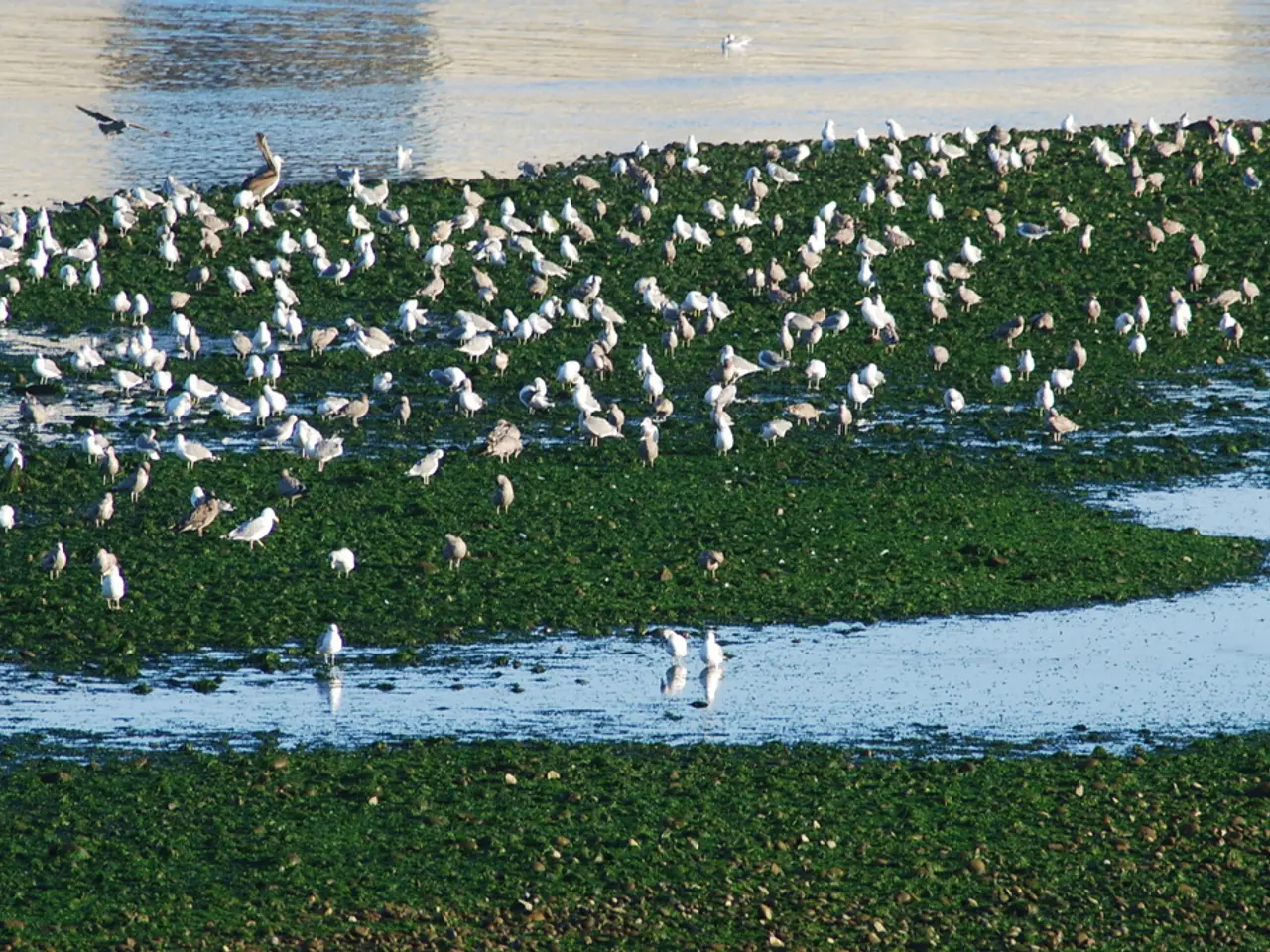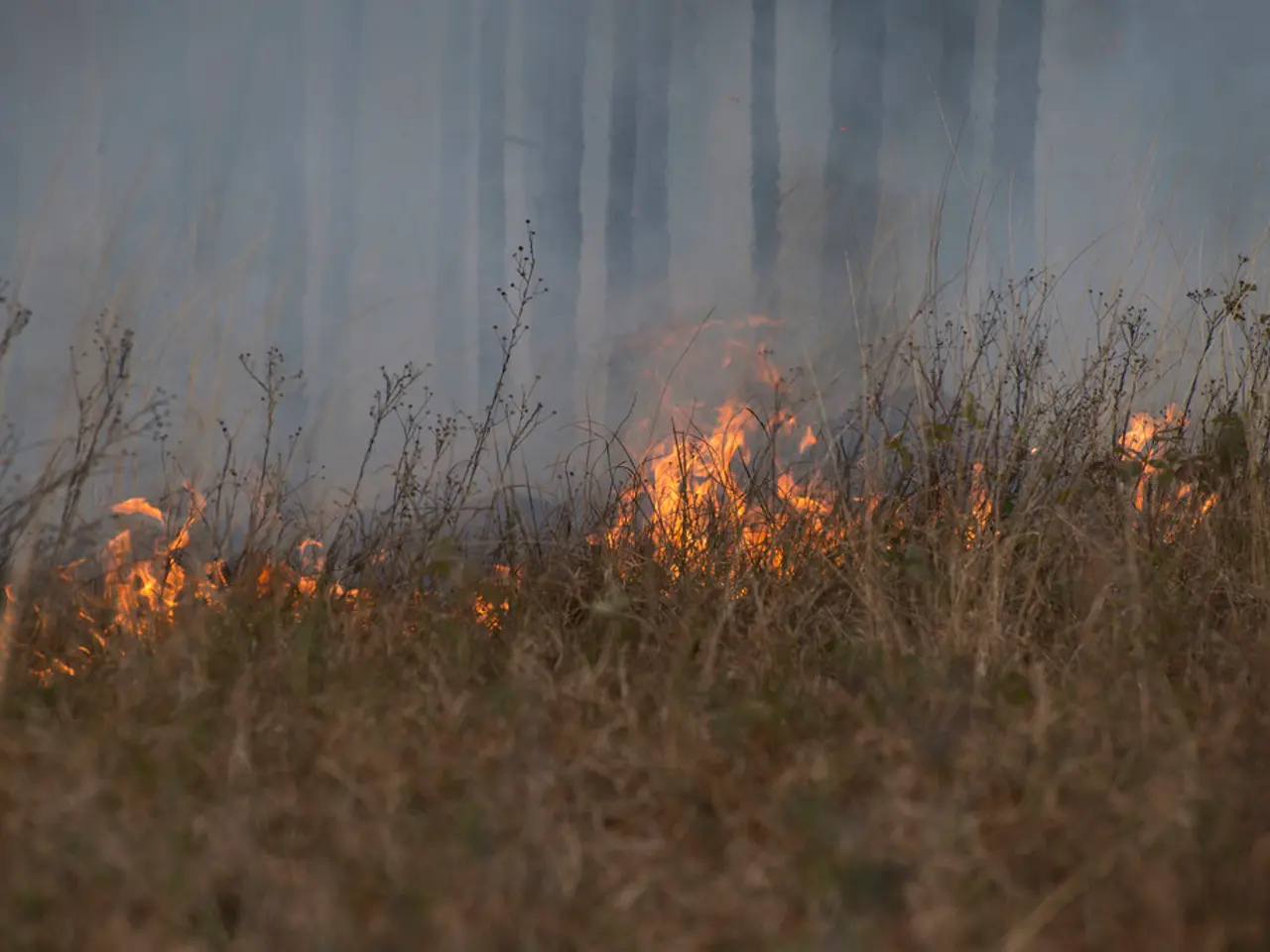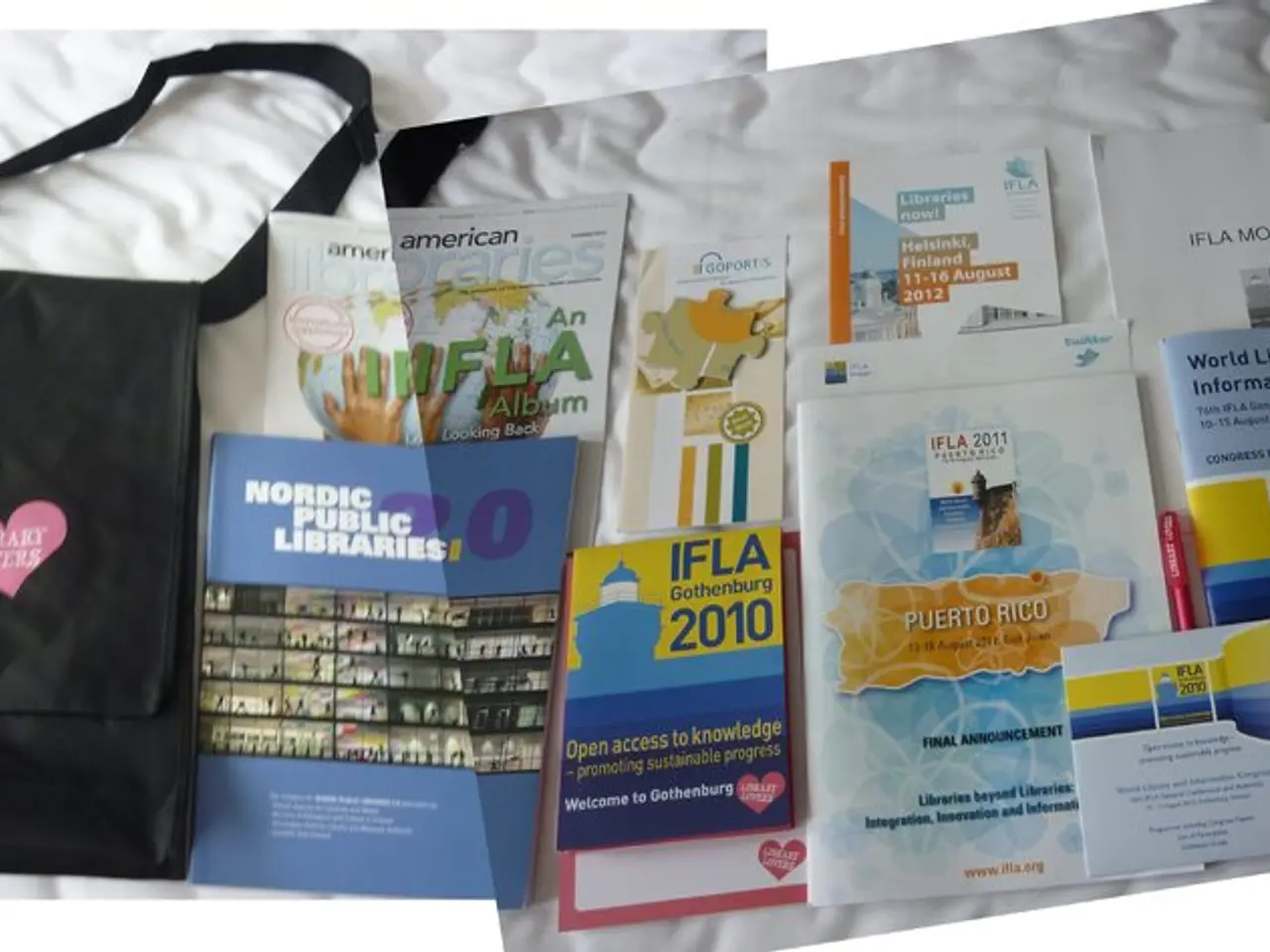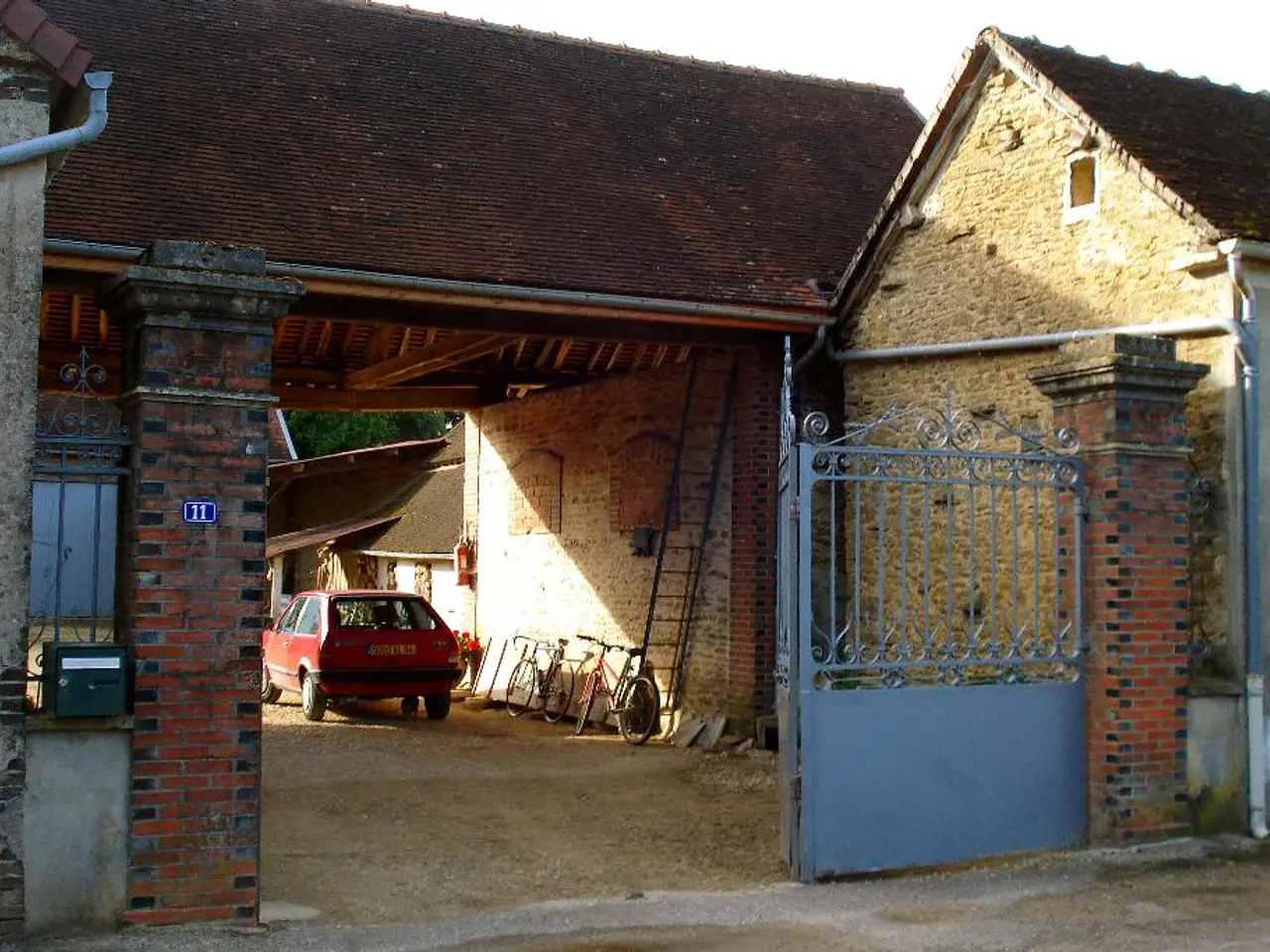Storks' nest in Latvia transforms into an mud pool
The young storks, named Dotty, Stripe, and White, have been making a mess in their nest lately. Trampling around in the muddy nest, they have managed to get it rather dirty. However, these young birds have one significant advantage – they can fly. On Thursday, they took to the skies to explore their surroundings and practice their newfound ability.
Unfortunately, the weather took a turn for the worse on Thursday night. Heavy rains formed a puddle in their nest, soaking the young storks and making their wings soggy. Despite this setback, they remained in the nest on Friday morning, trying to dry their feathers under the sun that shone following the rain stopping.
The soggy wings made it impossible for the young storks to take off, but their parents were still looking after them. On Friday morning, the parents were seen bringing beaks full of worms to the nest to feed their offspring.
As the day progressed, the nest started to dry out, and the young storks were able to clean and dry their feathers. The muddy nest, however, remained dirty.
The young storks are expected to join their fellow storks in flocks to migrate to Africa at the end of August. This migration is essential for the storks' survival, as they leave Europe to escape the approaching cold winter and find abundant food resources in sub-Saharan Africa during the non-breeding season.
Africa's wetlands and warm climate offer ample feeding opportunities on insects, small mammals, amphibians, and fish, supporting storks through winter. The migration at the end of August coincides with the completion of breeding activities and preparation for long-distance travel southwards.
Storks follow traditional migratory routes, often flying thousands of kilometers, for example from Europe to Mali, relying on familiar stopover sites for resting and feeding. This annual migration supports their reproductive success and overall lifecycle by optimizing conditions for breeding and survival in different seasons.
The young storks might be glad to leave for Africa when they gather in flocks. After all, the muddy nest and soggy wings are not ideal conditions for a young bird. With the sun shining and their feathers drying, they may be looking forward to the adventure that lies ahead.
References:
- BirdLife International (2021). White Stork. [online] Available at: https://www.birdlife.org/datazone/species/white-stork [Accessed 2021].
- European Stork Village Network (2021). Migration. [online] Available at: https://www.european-stork-villages.net/en/stork-migration [Accessed 2021].
- Migratory Soaring Birds Project (2021). White Stork. [online] Available at: https://www.msbproject.org/species/white-stork/ [Accessed 2021].
- Royal Society for the Protection of Birds (2021). White Stork. [online] Available at: https://www.rspb.org.uk/birds-and-wildlife/wildlife-guides/bird-a-z/white-stork/ [Accessed 2021].
The weather's unfortunate turn on Thursday night turned the young storks' nest into a soggy mess, making it challenging for them to fly. As they eagerly await their migration to Africa at the end of August, they might find environmental-science phenomena like sudden weather changes interesting, considering Africa's warm and wet climate will provide them with ample feeding opportunities.








